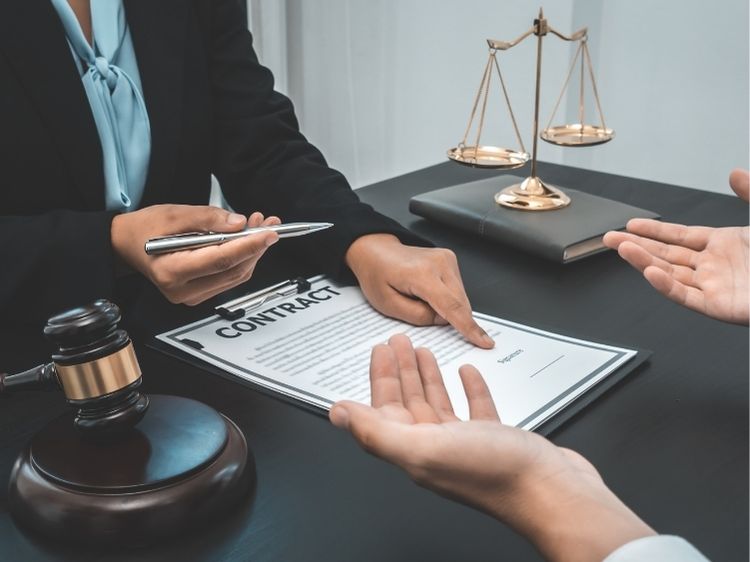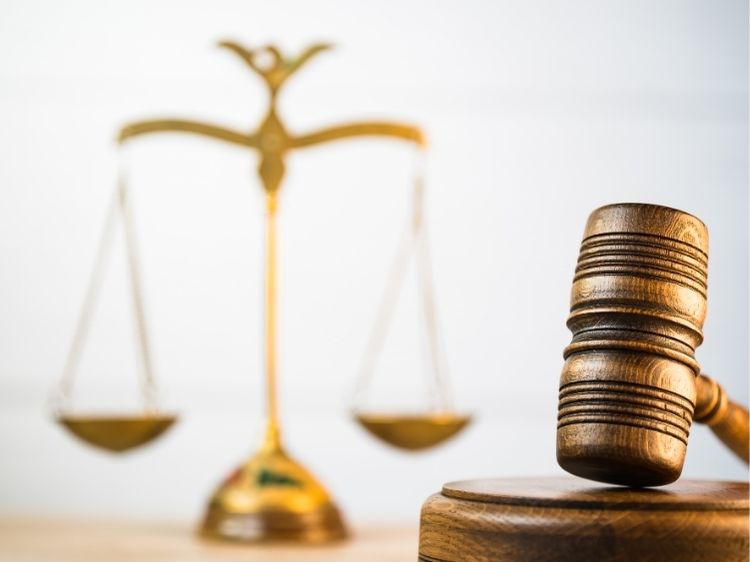Heating Pad Burns: Understanding the Risks and Prevention
Heating pads are a popular remedy for muscle aches, cramps, and general discomfort. They’re convenient, easy to use, and provide immediate relief. But did you know that improper use of a heating pad can lead to burns? Yep, it’s true. Heating pad burns are more common than you might think, and they can range from mild to severe, depending on several factors. In this article, we’ll dive deep into what heating pad burns are, how they happen, and, most importantly, how you can prevent them. By the end, you’ll be equipped with the knowledge to enjoy the benefits of heating pads without the painful consequences.
What Are Heating Pad Burns?
Heating pad burns occur when the skin is exposed to excessive heat for too long. These burns can develop quickly, especially if the heating pad is too hot or if it’s left in contact with the skin for extended periods. The severity of the burn can vary, but in some cases, it can lead to serious skin damage, blisters, and even infections.
Types of Burns from Heating Pads
- First-degree burns: These are the mildest form, causing redness and minor discomfort. The skin might feel warm to the touch and be slightly swollen.
- Second-degree burns: More serious, these burns cause blisters and more intense pain. The skin may appear red, white, or splotchy, and the area can be very tender.
- Third-degree burns: These are the most severe and involve damage to all layers of the skin. The skin may look charred or white, and there’s often no pain initially due to nerve damage.
How Do Heating Pad Burns Happen?
So, what’s the deal with heating pad burns? Well, it all boils down to three main factors: temperature, time, and sensitivity.
- Temperature: The higher the temperature, the greater the risk. Most heating pads come with adjustable settings, but even the lowest setting can cause burns if used improperly.
- Time: Leaving a heating pad on for too long is a surefire way to get burned. It’s easy to doze off with a warm pad on your sore back, but prolonged exposure can lead to serious burns.
- Sensitivity: Some people are more prone to burns due to thinner or more sensitive skin. This includes the elderly, infants, and those with certain medical conditions.
Who Is at Risk?
Certain groups of people are at a higher risk of developing heating pad burns. Understanding who these individuals are can help you take extra precautions.
- The elderly: As we age, our skin becomes thinner and more fragile, making it more susceptible to burns.
- Infants and young children: Their skin is delicate, and they may not be able to communicate discomfort effectively.
- People with diabetes: Diabetic individuals often have reduced sensation in their extremities, meaning they might not feel the heat until it’s too late.
- Those with circulatory problems: Poor circulation can affect the body’s ability to regulate temperature, increasing the risk of burns.
How to Prevent Heating Pad Burns
Prevention is key when it comes to heating pad burns. By following these simple tips, you can reduce your risk and enjoy the soothing warmth without the worry.
- Always check the temperature: Before placing a heating pad on your skin, test it with your hand. It should feel warm, not hot.
- Use a cover or towel: Never place a heating pad directly on your skin. Always use a cloth or towel as a barrier.
- Set a timer: Limit your sessions to 20 minutes at a time. If you need more heat, take a break before reapplying the pad.
- Stay awake: Avoid using a heating pad while sleeping, as you may not notice if it gets too hot or stays on too long.
- Inspect your heating pad: Regularly check your heating pad for signs of wear and tear. A damaged pad can malfunction and cause burns.
- Follow the instructions: Always adhere to the manufacturer’s guidelines for use, as each heating pad is different.
What to Do If You Get a Heating Pad Burn
Accidents happen, and if you find yourself with a burn from a heating pad, it’s important to act quickly to minimize damage.
- Cool the burn: Immediately remove the heating pad and cool the burn with cold water. Do not apply ice, as this can cause further damage.
- Cover the burn: Use a sterile gauze or clean cloth to cover the area. This helps protect the skin and prevent infection.
- Avoid popping blisters: If you have blisters, leave them intact. Popping them can lead to infection.
- Seek medical attention: If the burn is severe, or if it covers a large area, it’s crucial to get medical help right away.
FAQs About Heating Pad Burns
Q1: Can I use a heating pad on broken skin?
- No, using a heating pad on broken or irritated skin can exacerbate the problem and lead to further injury.
Q2: How long should I use a heating pad for muscle pain?
- It’s best to limit sessions to 20 minutes at a time. Prolonged use can increase the risk of burns.
Q3: Are heating pads safe for children?
- Heating pads can be used on children with caution. Always supervise their use and ensure the temperature is low.
Q4: What should I do if my heating pad stops working correctly?
- If your heating pad shows signs of malfunction, stop using it immediately and replace it. A faulty pad can overheat and cause burns.
Q5: Can I use a heating pad while pregnant?
- Pregnant women should consult their doctor before using a heating pad, especially on the abdomen.
Conclusion
Heating pads are a convenient and effective way to relieve pain, but they come with risks if not used properly. Heating pad burns can range from mild to severe, and understanding how they happen and how to prevent them is crucial for safe use. Remember to always check the temperature, use a barrier between your skin and the pad, and limit your exposure time. If you ever experience a burn, act quickly to cool and cover the area, and seek medical help if necessary. With these precautions in mind, you can safely enjoy the soothing warmth of a heating pad without the risk of burns.


